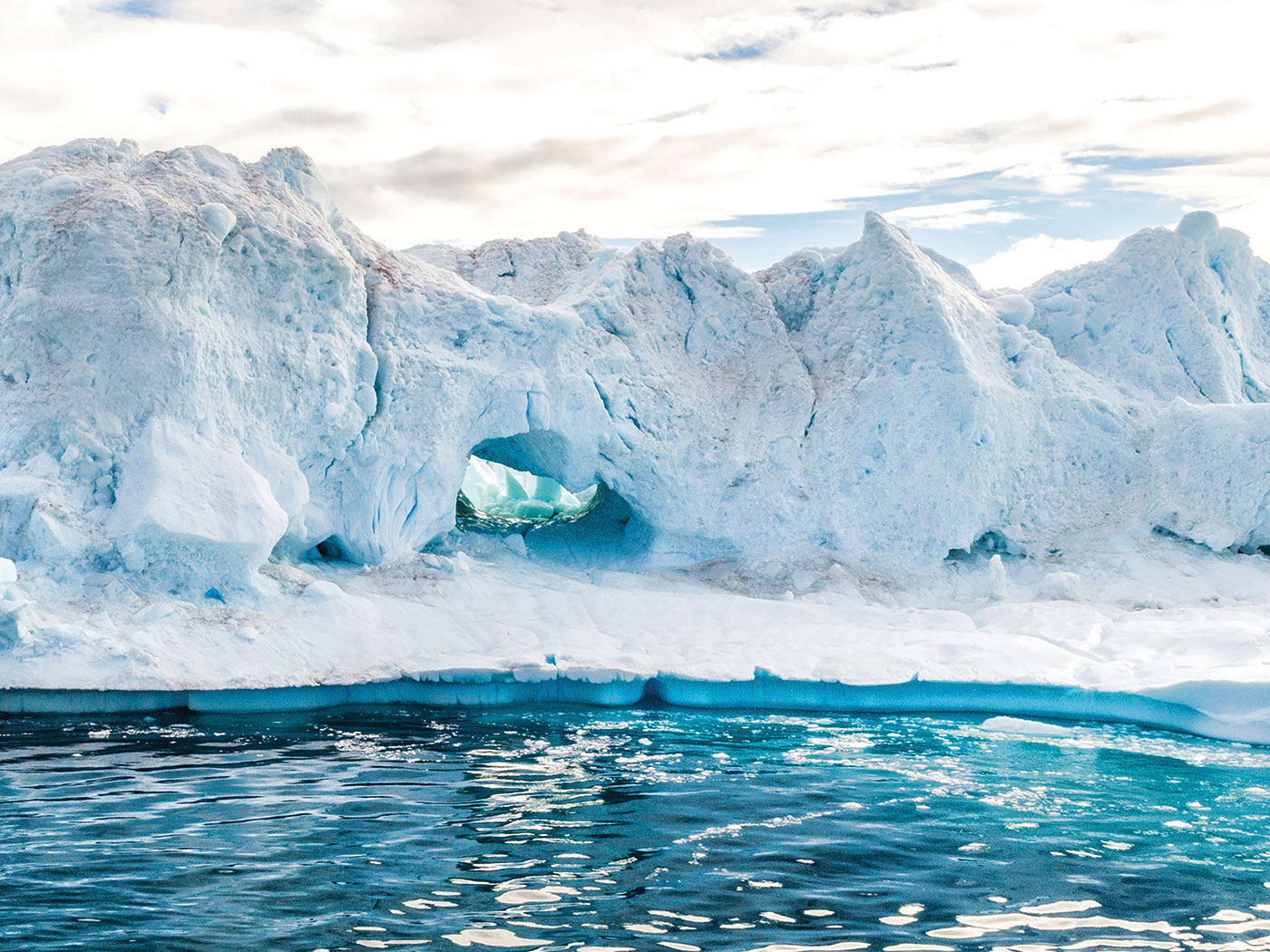In Answers Research Journal 6 (2013): 367-375
A major argument supposedly supporting human evolution from a common ancestor with chimpanzees is the “chromosome 2 fusion model” in which ape chromosomes 2A and 2B purportedly fused end-to-end, forming human chromosome 2. This idea is postulated despite the fact that all known fusions in extant mammals involve satellite DNA and breaks at or near centromeres. In addition, researchers have noted that the hypothetical telomeric end-to-end signature of the fusion is very small (~800 bases) and highly degenerate (ambiguous) given the supposed 3 to 6 million years of divergence from a common ancestor. In this report, it is also shown that the purported fusion site (read in the minus strand orientation) is a functional DNA binding domain inside the first intron of the DDX11L2 regulatory RNA helicase gene, which encodes several transcript variants expressed in at least 255 different cell and/or tissue types. Specifically, the purported fusion site encodes the second active transcription factor binding domain in the DDX11L2 gene that coincides with transcriptionally active histone marks and open active chromatin. Annotated DDX11L2 gene transcripts suggest complex post-transcriptional regulation through a variety of microRNA binding sites. Chromosome fusions would not be expected to form complex multi-exon, alternatively spliced functional genes. This clear genetic evidence, combined with the fact that a previously documented 614 Kb genomic region surrounding the purported fusion site lacks synteny (gene correspondence) with chimpanzee on chromosomes 2A and 2B (supposed fusion sites of origin), thoroughly refutes the claim that human chromosome 2 is the result of an ancestral telomeric end-to-end fusion.
Click here to read the full article text.






